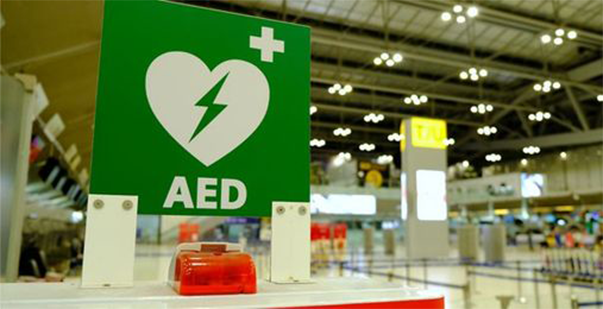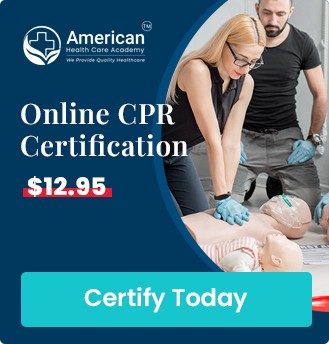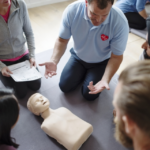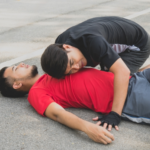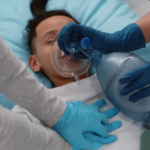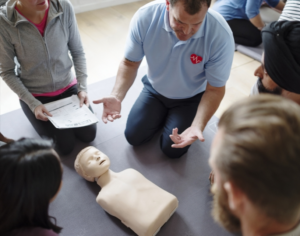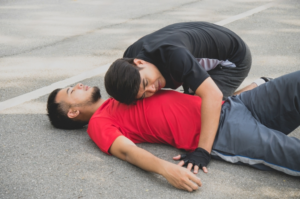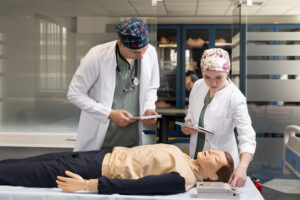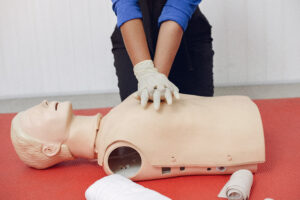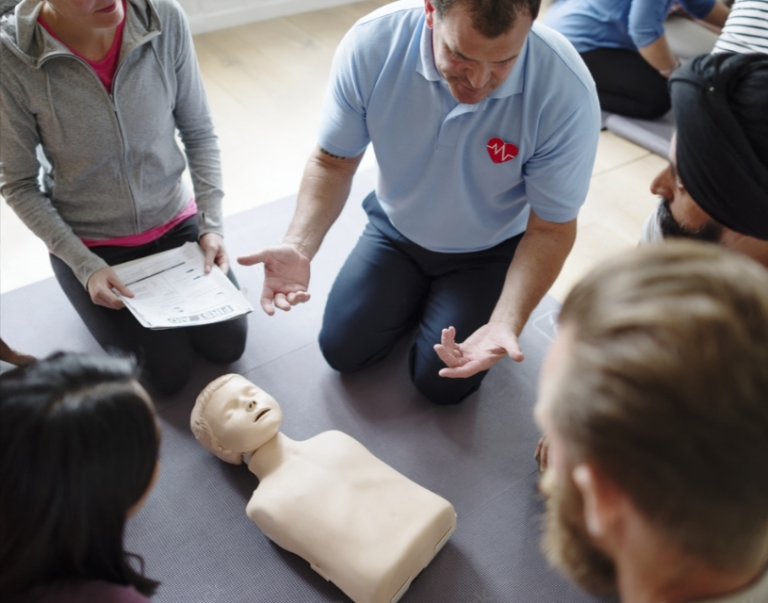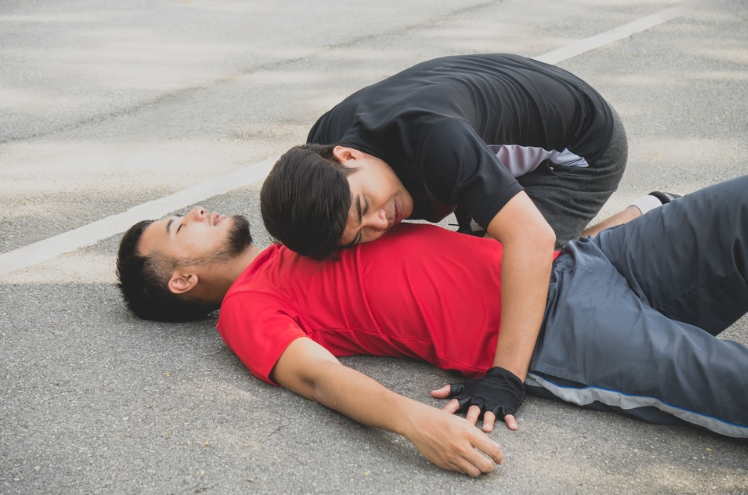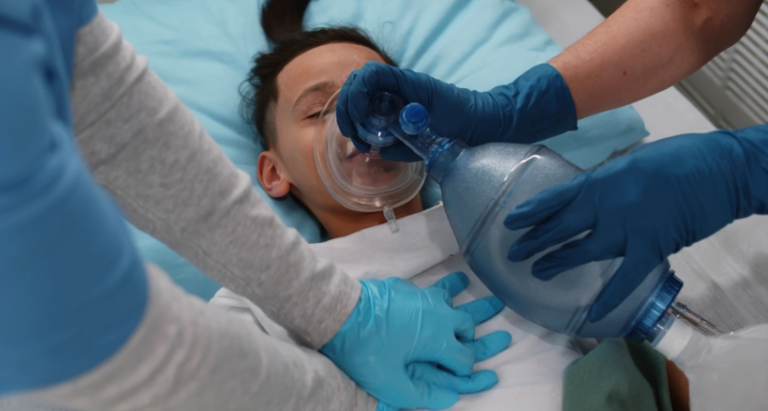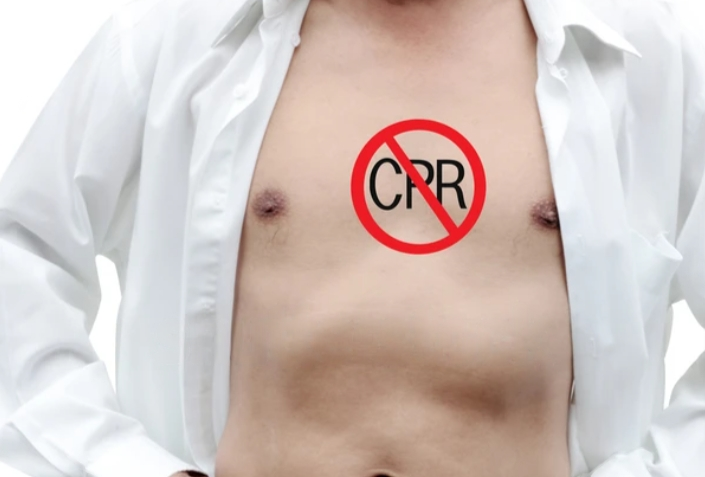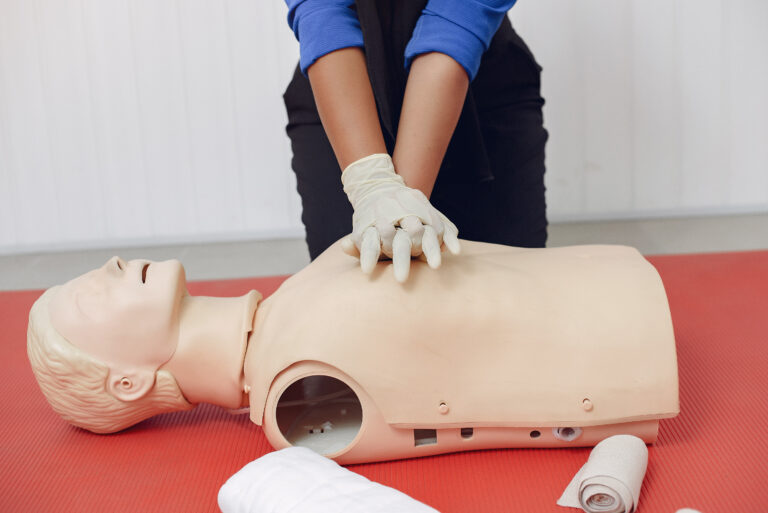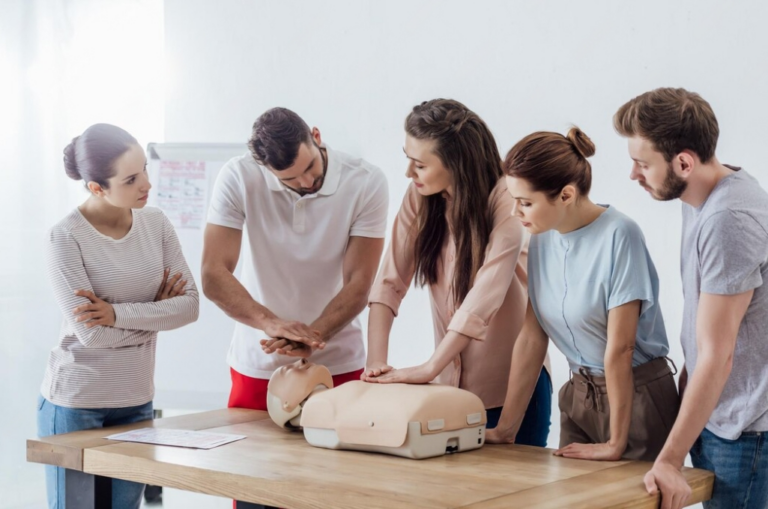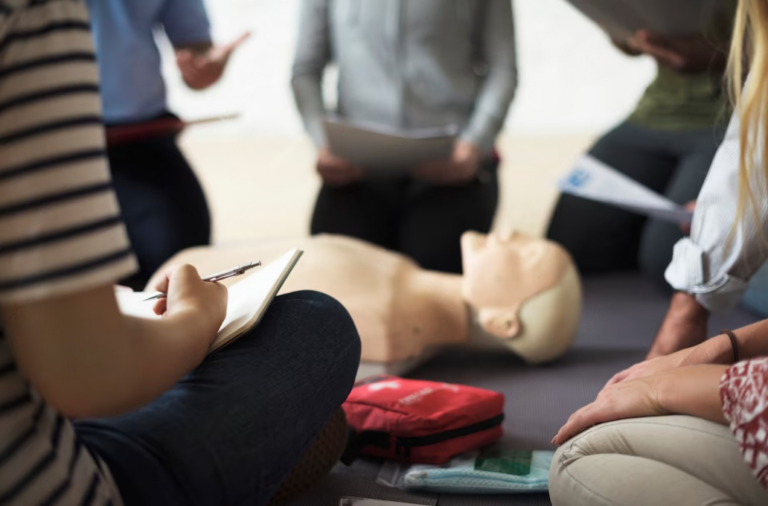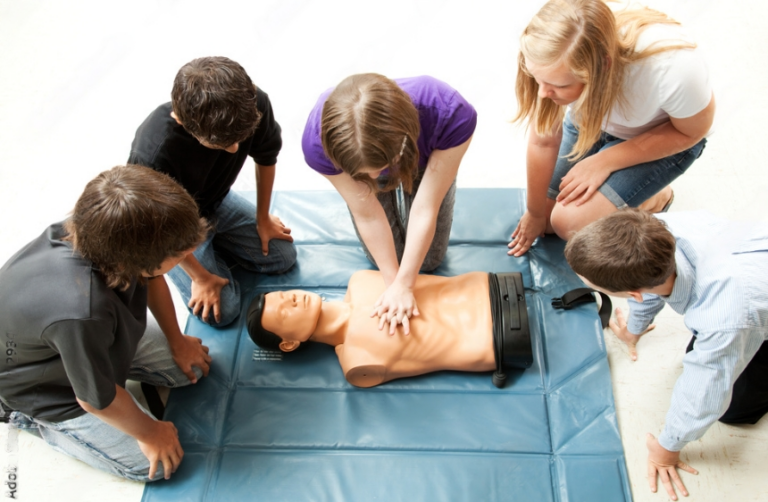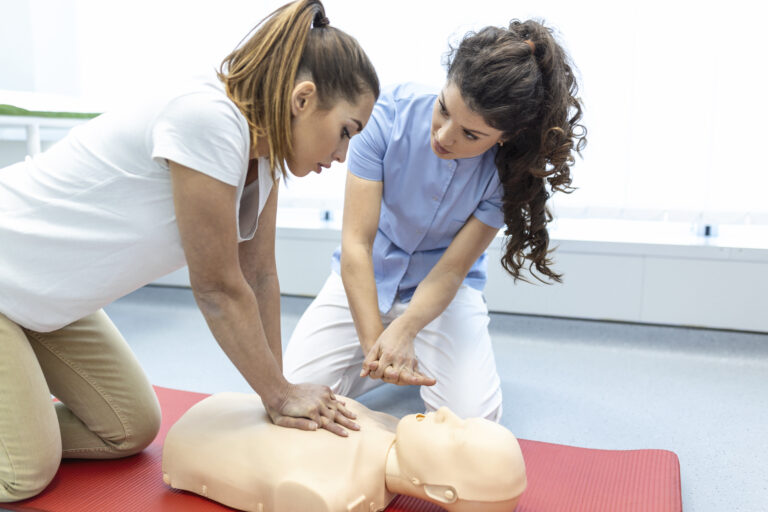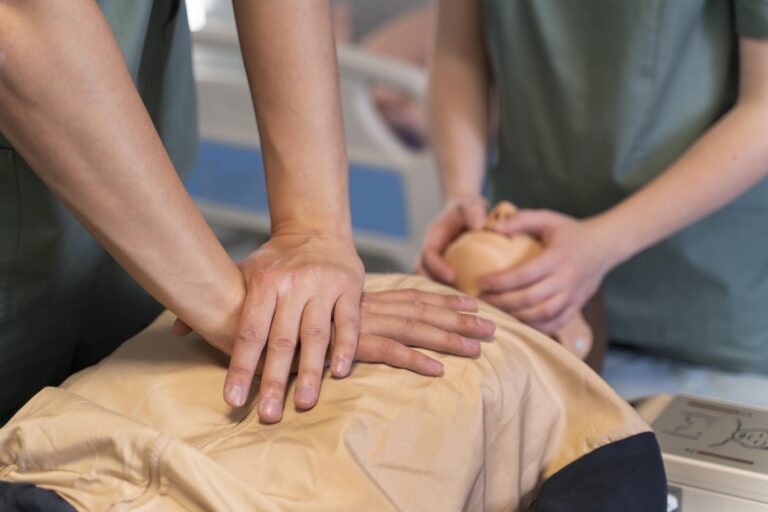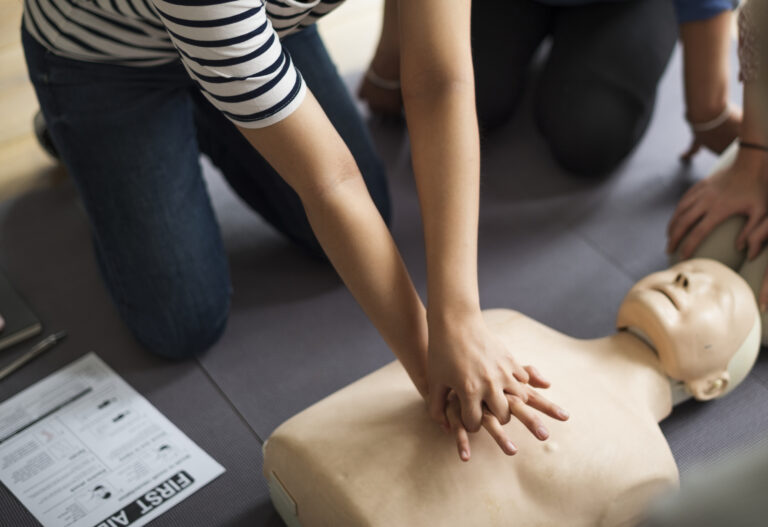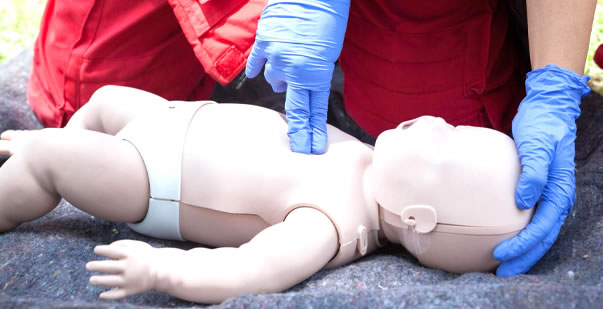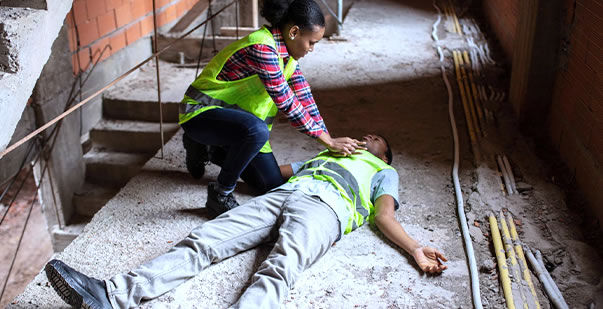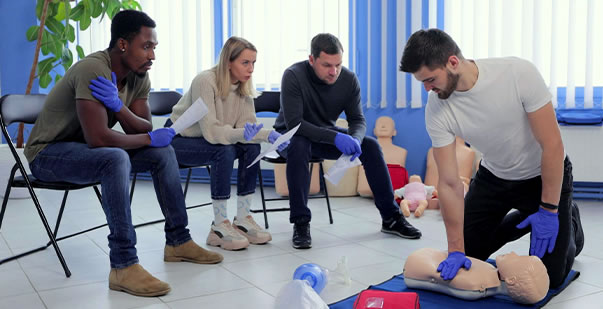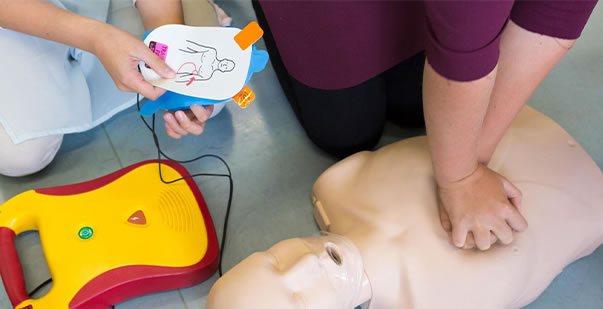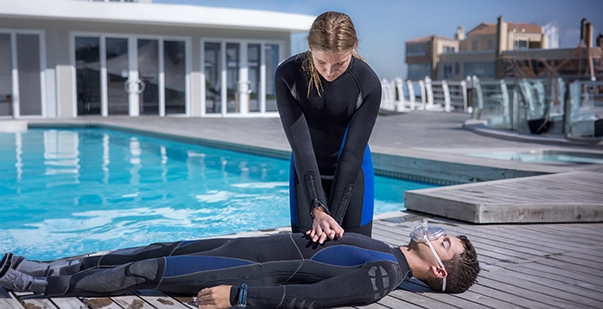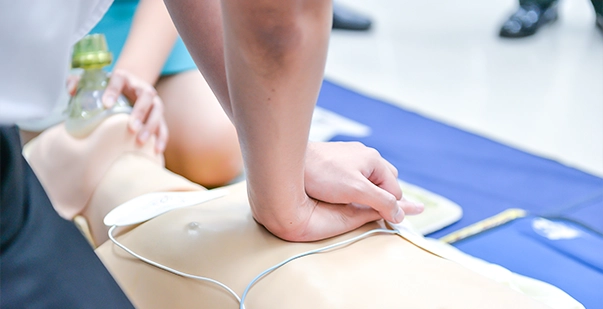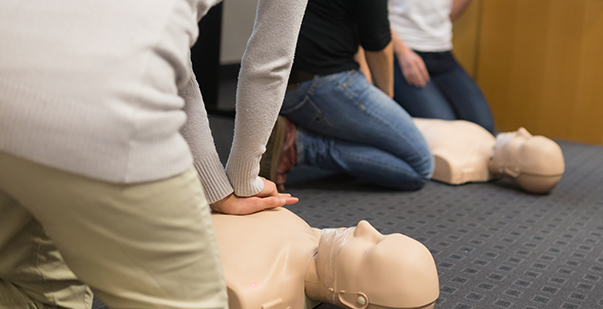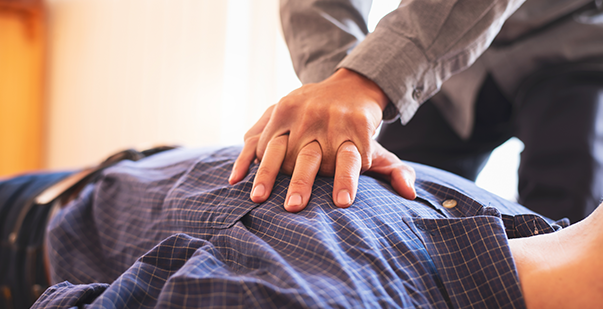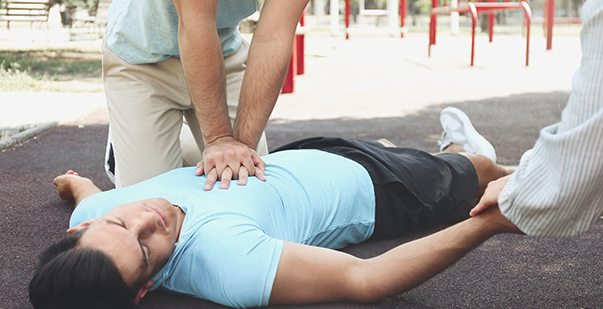People who have cardiac arrest need access to an automated external defibrillator (AED) when CPR is required. Bystanders or lay responders with the appropriate training can utilize these devices to save lives. Cardiac emergencies can happen anywhere – residences, public areas, offices, gyms, etc. As a result, more firms are interested in buying an AED to be prepared for emergencies.
There are several manufacturers and different types of AED available in the market. There are multiple factors to be considered before making the right buying decision. Businesses that engage in watersports must take the water resistance of the AED into consideration, while others may need to think about solutions that work for both children and adults. Therefore, one must keep in mind all the factors before buying an AED machine. Keep reading our AED purchase guide and get all your questions answered regarding buying the right AED machine.
Overview of the importance of an AED for a lay responder
An AED is highly useful in case of out-of-hospital cardiac arrests (OHCA). In such scenarios, knowing how to use an AED can help the victim and might save their life. When a bystander starts cardiopulmonary resuscitation (CPR) and uses an automated external defibrillator (AED) quickly, the likelihood of survival following an OHCA doubles. Surprisingly, less than 2% of Americans use bystander AEDs. Here are some more shocking statistics:
- According to the Sudden Cardiac Arrest Foundation, in the US, there are about 356,000 cardiac arrests that happen outside of a hospital, and out-of-hospital abrupt cardiac arrests result in death in around 90% of cases.
- The household is where OHCA is most frequently found. Adult cardiac arrests happened in residences 73.9% of the time, in public places 15.1% of the time, and in nursing facilities 10.9% of the time, according to CARES statistics from 2020.
Keeping these statistics in mind, an AED machine must be available within reach of the lay responders at the time of an emergency like cardiac arrest.
Questions to ask before buying an AED
-
Where to buy an AED?
If you know which AED you want, and are prepared to buy one, you can purchase it online or from a store. If you have any doubts, contact our customer service team for more guidance on different types of AEDs and defibrillator uses. CPR Care Near Me is your one-stop website for all CPR and AED-related courses to search for in your locality and get more clarity. -
What maintenance expenditures might I anticipate when I get an AED?
AED maintenance is typically as easy as changing the pads and batteries as needed. The pads have to be changed for additional devices either after use during a sudden cardiac arrest emergency or every two years. Most of the battery types require replacement every four years. Besides this cost, infant/child pads are also a crucial thing to consider. They are typically slightly more expensive than adult AED Pads. -
Does my state mandate that I have an AED on site?
Accessibility of AED is mandatory by the laws and regulations passed by all 50 states. The purpose of these laws and regulations is to ensure that none of these sudden cardiac arrests result in death or neurological impairment. Some laws dictate how many AEDs your facility needs based on its capacity or the risk factors for an average visitor. Regulations may also apply to planning and maintenance. -
There are AEDs with CPR Feedback. Do I need it, and what is it?
AEDs that are more recent now provide CPR instructions or feedback capabilities to aid lay responders or bystanders in doing high-quality CPR. These ultra-modern AED devices can determine whether a responder is pressing too quickly, slowly, firmly, or softly. Although these variations may seem trivial, they have a tremendous impact on maintaining the flow of oxygen-rich blood to the brain.
Things to consider before purchasing an AED
Price
Although the AED’s price is a crucial factor to consider, other elements might turn a cheap AED into costly equipment. You should be aware of the price and frequency of buying the AED pads and batteries before making a purchase. Additionally, you should be aware of the AEDs lifespan and the duration of the warranty.
Efficacy
Every AED will examine a person’s cardiac rhythm and either recommend shock or not. The differences in effectiveness are related to what else the AED accomplishes. Does it demonstrate CPR for you? Is it quick to complete its analysis? Does your AED provide real-time feedback on how well you are performing CPR?
Ease of training and usage
Ensure that the AED you purchase has a practice mode. The instructions for the defibrillator use must be easy to follow. Anybody must be able to use it effortlessly if the instructions are clear enough. However, to be more effective and proficient while using AED, you can enrol yourself or your staff in an AED training course through the training institutes listed on CPR Care Near Me.
Post-purchase Support
Get information on the AEDs service plan before purchasing. Do service calls cost anything? What does the warranty cover?
Conclusion
Learning CPR and how to operate an AED might mean the difference between someone’s life and death. Visit www.cpraedcourse.com today and enrol in an online CPR AED course with the training providers registered with us.

